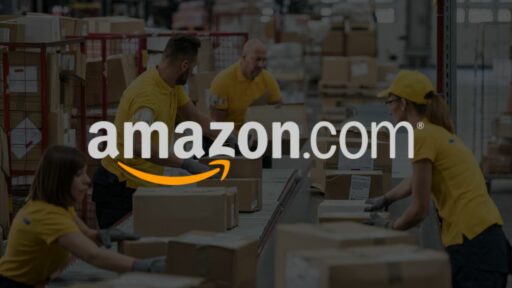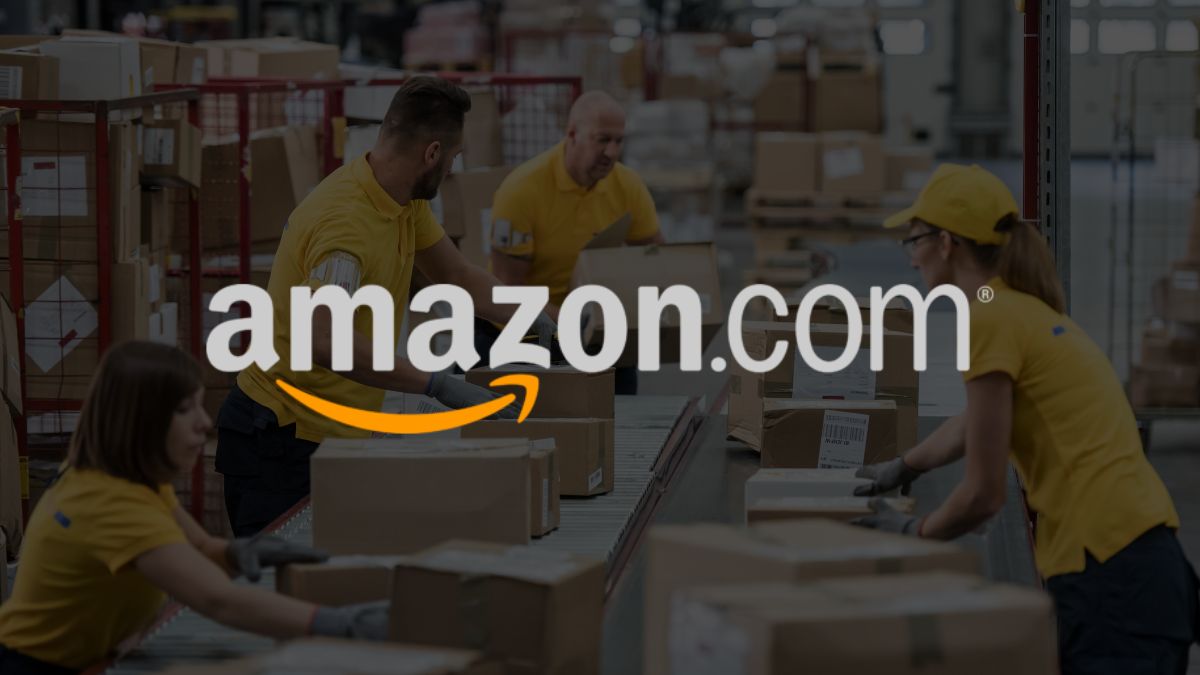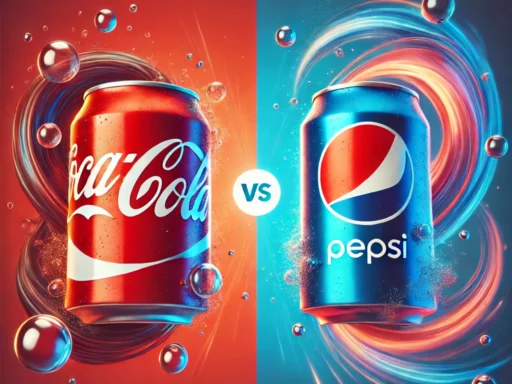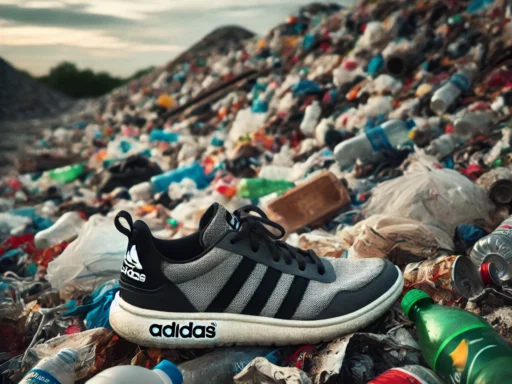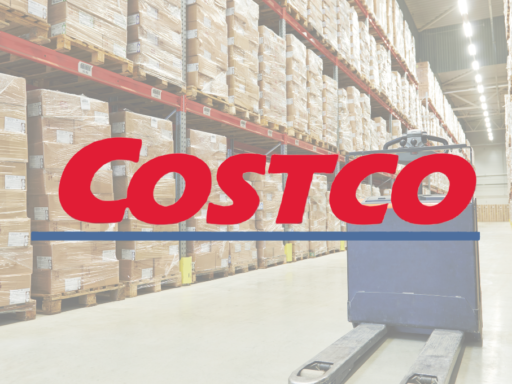Amazon has made significant progress in its transition toward circular packaging, aligning its efforts with global environmental goals and responding to growing pressure from consumers and regulatory bodies. The company’s strategy focuses on reducing packaging material usage, switching to recyclable inputs, and developing systems that support a circular economy. This article evaluates Amazon’s packaging sustainability initiatives, outlines what’s planned next, and compares its efforts with key competitors.
Packaging Optimization and Waste Reduction
Amazon has substantially decreased the environmental footprint of its packaging operations, with consistent year-over-year improvements.
- Amazon has reduced average per-shipment packaging weight by 43% since 2015, avoiding over 3 million metric tons of packaging material—equivalent to the weight of nearly 285 Seattle Space Needles.
- In 2023, the company reported a 9% decrease in plastic packaging weight per shipment, following a 17% reduction in 2022.
- Since 2020, Amazon has eliminated 80,500 metric tons of single-use plastic packaging globally.
Sources:
https://www.aboutamazon.com/news/sustainability/how-amazon-is-reducing-packaging
https://sustainability.aboutamazon.com/waste/packaging
Ships in Product Packaging (SIPP) and Material Substitution
Amazon’s Ships in Product Packaging (SIPP) initiative enables products to be shipped in their original manufacturer packaging, reducing the need for additional Amazon packaging.
- In 2023, 12% of global orders were shipped without Amazon overpackaging, and nearly 12 million unique products qualified for the program.
- Amazon has replaced 95% of plastic air pillows with recyclable paper filler in North America and is targeting 100% elimination by the end of 2024.
- The phase-out of 99.7% of mixed-material mailers (plastic-bubble-lined envelopes) in the U.S. and Canada has further advanced recyclability.
Sources:
https://www.aboutamazon.com/news/sustainability/how-amazon-is-reducing-packaging
https://sustainability.aboutamazon.com/waste/packaging
https://www.packagingdive.com/news/amazon-packaging-data-flexibles-recyclable-mailers/721062/
https://apnews.com/article/2dbb6b79f94411cc08767ef3a45288e5
Circular Economy Partnerships and AI Optimization
Amazon’s approach extends beyond packaging design into strategic collaborations and technology deployment to scale sustainable packaging systems.
- In 2023, Amazon deepened its partnership with the Ellen MacArthur Foundation, working as a Strategic Partner to develop scalable circular packaging practices.
- Amazon uses machine learning algorithms to optimize box sizes and material use, further cutting waste.
- The company continues to invest in R&D for next-generation paper materials to replace plastic while maintaining durability.
Sources:
https://www.aboutamazon.com/news/sustainability/how-amazon-is-reducing-packaging
https://www.aboutamazon.com/news/sustainability/amazon-and-the-ellen-macarthur-foundation-collaborate-on-circular-economy-initiatives
Challenges and Areas for Improvement
Despite measurable progress, Amazon continues to face systemic challenges that hinder global packaging sustainability.
- A 2024 report found Amazon increased its plastic packaging output in the U.S. by 9.8% in 2022, despite global reductions.
- Uniformity of circular practices across markets remains a hurdle; EU operations have advanced further than North America or Asia due to policy incentives.
- Lack of widespread infrastructure for reusable packaging systems limits scaling beyond pilot programs.
Source:
https://www.theguardian.com/technology/2024/apr/04/amazon-increases-plastic-packaging-us
Future Commitments and Roadmap
Amazon is targeting several initiatives to further embed circularity in its operations through 2030:
- Complete elimination of plastic air pillows by the end of 2024 in North America.
- Expand reusable and returnable packaging pilots in logistics hubs across Europe and Asia.
- Develop closed-loop recycling systems using customer returns and fulfillment center waste.
- Continue research to develop next-gen compostable packaging from renewable sources.
Source:
https://sustainability.aboutamazon.com/waste/packaging
Competitor Strategies in Circular Packaging
Several of Amazon’s major competitors are also progressing in their circular packaging efforts:
Walmart
- In June 2023, Walmart announced it would transition to recyclable paper mailers, optimize box sizes, and offer customers order consolidation.
- The company aims to eliminate plastic mailers entirely by 2025, representing 65 million mailers annually.
Target
- Through its “Target Forward” strategy, the retailer aims for 100% of its private-label packaging to be recyclable, compostable, or reusable by 2025.
- Target is integrating circular design principles into product development, improving end-of-life recovery of packaging.
Source:
https://corporate.target.com/sustainability-governance/strategy-target-forward
Alibaba Group
- At COP28, Alibaba revealed it is using AI to reduce packaging size and materials, especially in its Cainiao logistics network.
- The company is testing reusable delivery totes and return logistics, focusing on scalability within urban logistics in China.
Our Thoughts
Amazon’s circular packaging journey shows tangible improvements through weight reduction, recyclable alternatives, and strategic partnerships. Its plastic use in the U.S. remains a reputational and operational challenge, but its efforts in Europe and collaboration with organizations like the Ellen MacArthur Foundation provide a model for circular economy integration at scale. Companies in e-commerce and logistics should consider Amazon’s use of AI in packaging optimization and its SIPP program as replicable strategies. However, true leadership in circularity will require rapid progress in reusable packaging and consistent global implementation—an area where Walmart currently shows stronger systemic planning.
For firms aiming to replicate Amazon’s success, embedding packaging sustainability into product design, logistics, and AI systems will be key to meeting both ESG goals and consumer expectations.

